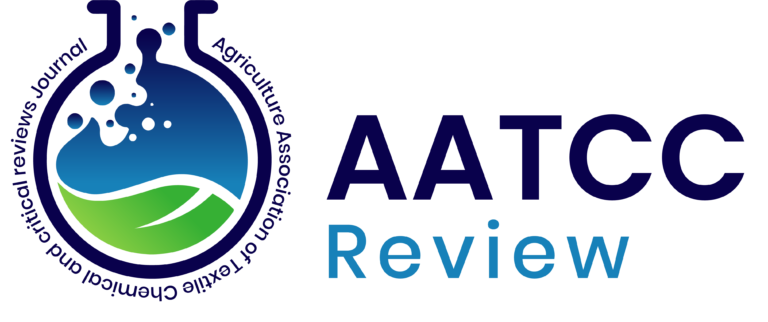Abstract
This research utilized various statistical tools to analyze and predict the area and production of
pomegranate crops in Himachal Pradesh, India. The secondary data on the area and production of
pomegranate in Himachal Pradesh were collected from Directorate of Horticulture, Shimla, for the
period 2001-2023. To analyze trends, various regression models including linear, non-linear, and
time-series models were employed. The statistically most suited regression models were selected
based on adjusted R 2 , RMSE, significant regression co-efficient, and Theil’s inequality. The annual
growth rate were was analysed analyzed using the linear and compound models, which indicated an
increasing growth rate in both area and production. Appropriate time-series models were fitted after
judging the data for stationarity. The statistically appropriate model was selected on the basis ofbased
on various goodness of fit criteria viz. AIC, BIC, RMSE, MAPE, and MAE. The cubic model was
found to be the best fit for predicting both the area ( 2 = 0.99) and production ( 2 = 0.91) of pomegranate.
In exponential smoothing the Holt’s linear trend models is the best fit for both area (AIC = 274.42)
and production (AIC = 348.41) of pomegranate. The ARIMA models were also applied to forecast
pomegranate area and production. ARIMA (0,2,0) and ARIMA (0,1,1) models were obtained as ideal
models for forecasting area (AIC = 236.51) and production (AIC = 344.63), respectively.
